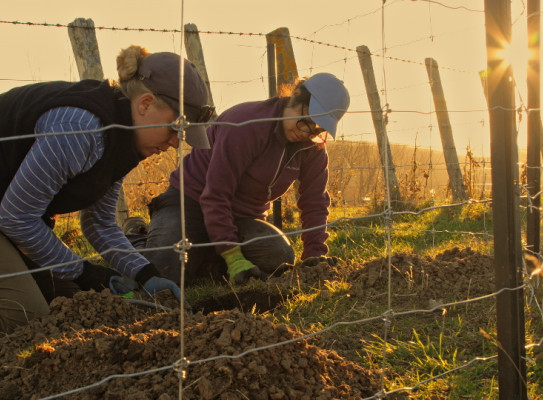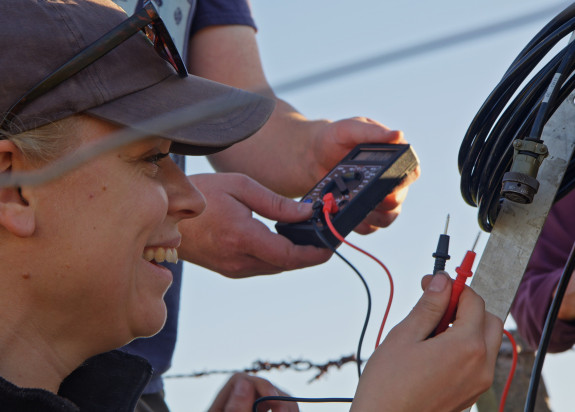Checking the pulse of the Hikurangi subduction zone

Recording the heartbeat of the Hikurangi margin became easier this year when scientists installed instruments across southern Hawke’s Bay, Tararua and Wairarapa to better understand earthquakes there.
The project will enable scientists to determine whether there are any observable changes in the Hikurangi subduction zone that could be used as future monitoring tools to better forecast large earthquakes. The project is called PULSE – Physical processes UnderLying Slow Earthquakes – and it consists of a network of nearly 50 temporary seismic and geodetic (GPS) instruments to record the slow slip earthquakes that occur every five years or so in this region.
Earthquake Monitoring | Taking the PULSE of the Hikurangi subduction zone transcript
Earthquake Monitoring | Taking the PULSE of the Hikurangi subduction zone
The PULSE project (Physical processes UnderLying Slow Earthquakes) is a GNS Science led, newly funded Marsden project that joins a range of other efforts to better understand the Hikurangi Subduction zone.

Slow slip events are common along the Hikurangi subduction zone, where the Pacific Plate is subducting under the Australian Plate. As the name suggests, the energy is discharged slowly, over weeks to months, not through a sharp jolt (as for a typical earthquake).
They occur when the boundary between two tectonic plates becomes temporarily ‘unstuck’ and they begin creeping past each other for a period of time, sometimes weeks or even months.
Humans can’t feel slow slip earthquakes and they are also too slow to be picked up by seismometers. They can only be recorded with special GPS equipment that can measure the slow movement of the land.
Analysing the small earthquakes occurring both before and during a Pōrangahau slow slip event is a fantastic opportunity to test our ideas around how these slow slip events happen
“We’ve observed previously that the behaviour of small earthquakes changes both prior to and during slow slip earthquakes, but not in enough detail to fully understand why”.
“New data collected in this project, from additional instruments, will greatly improve our understanding of how and why these slow earthquakes occur so regularly, and what causes them to happen in the first place”.
The PULSE project is in collaboration with Te Herenga Waka—Victoria University of Wellington and is part of a Royal Society Te Apārangi Marsden-funded programme.
